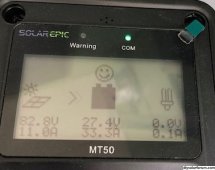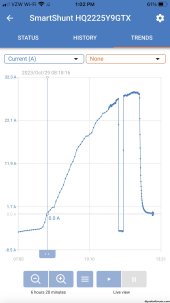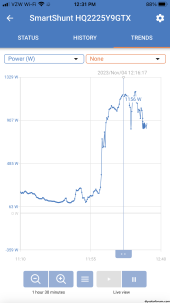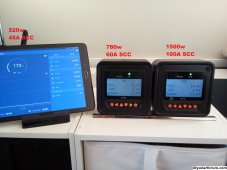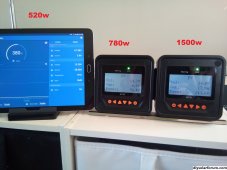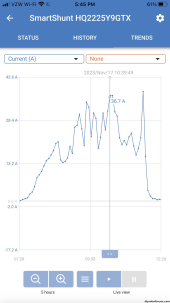The drag is that the panels are flat mounted, and there's shade from a lot of things throughout the day. I really need to get them on the composite roof, but I'm trying to not draw attention to them, then there's all the roof penetrations. Hopefully I can make enough power where they're at.
Rule of thumb is 70% for flat mounted
If you had 1,000w of PV , you now only have 700w ...
Still better than nothing , ?



